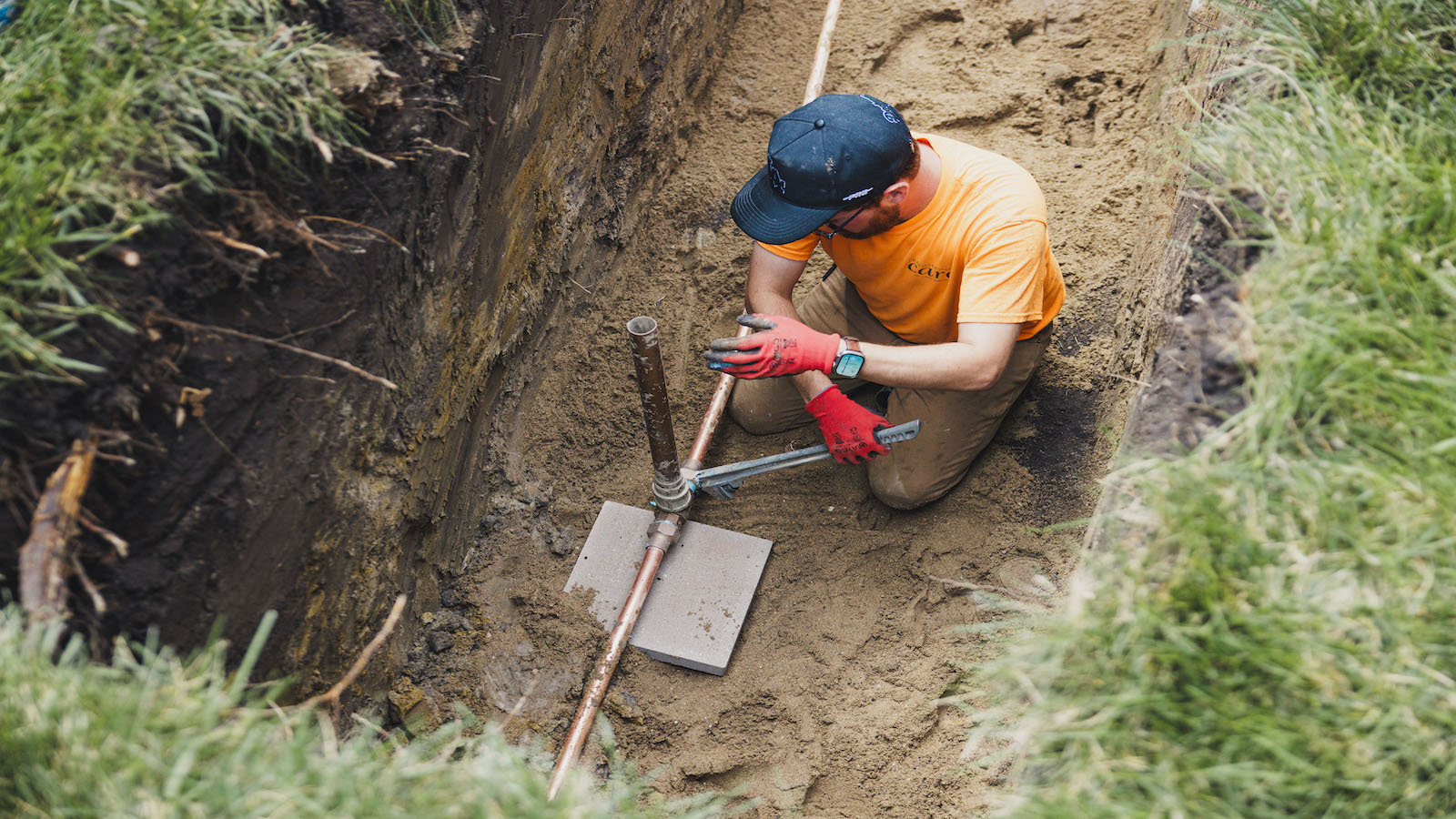This story is a partnership between Grist, Inside Climate News, and WBEZ, a public radio station serving the Chicago metropolitan region.
For years, Chicago has been struggling to replace its lead pipes. The city has more than 412,000 confirmed and suspected lead service lines — the most of any city in the country — but it doesn’t anticipate replacing all its pipes until 2076, some 30 years after a federal deadline. The issue is particularly dangerous because lead plumbing can leach the toxic metal into drinking water, causing brain damage, developmental delays among children, and other harms.
Secure · Tax deductible · Takes 45 Seconds
Secure · Tax deductible · Takes 45 Seconds
At a city council committee meeting on Monday, alderpersons questioned officials from the departments of water management and finance about the slow pace of replacements and a monthslong delay in warning nearly a million Chicagoans about the risks of toxic lead pipes.
Water department officials said they can’t afford to move as quickly as federal deadlines require, but Brendan White, the Department of Finance’s debt manager, said millions of federal and city dollars obligated for replacements haven’t been used yet.
Since 2023, the city has drawn between $70 million and $90 million of an approximately $325 million federal loan for lead service line replacements that expires next year, White said, adding that the city expects to spend the money much more quickly in 2026.
“We just found out we’ve got hundreds of millions of dollars sitting somewhere with nobody doing anything,” Alderman Raymond Lopez, who represents the 15th Ward on the South Side of the city, said on Monday.
Anthony Vazquez/Sun-Times
The city was mandated by state and federal law to send out notifications that their drinking water could be unsafe to about 900,000 renters, homeowners, and landlords by last November. As of early July, the city had only notified 7 percent of its list, according to an investigation by Grist, Inside Climate News, and WBEZ.
At Monday’s meeting, the city’s director of water quality, Patrick Schwer, said the water management department has now notified approximately 75,000 — or 8 percent — of the list through the notification letters and an additional 120,000 through inserts with their bills, for a total of 22 percent.
Schwer said the department is still sending about 3,000 letters a week, and said the city usually gets a 10 to 12 percent response rate from residents — including requests for water testing kits. The city would expect 100,000 test kit requests if they sent out the full 900,000 notifications, a demand the department couldn’t handle, he said.
“There are not enough physical lead sampling bottles in the country to be able to fulfill those requests,” Schwer said.
But Schwer also questioned the utility of notification letters.
“Spending $10 million to send a bunch of letters that people throw in their trash seems like a waste of money when that money should be spent on replacing service lines,” he said.
Experts argue that awareness is a crucial public health intervention. People can reduce lead levels in their water by taking precautions, including filtering.

Anthony Vazquez/Sun-Times
“Just because you assume that someone won’t utilize information, doesn’t absolve you from your responsibility as a department,” said Chakena Sims with the Natural Resources Defense Council.
Aside from the federal loan to replace lead service lines, the city has also issued its own debt to do this work — but it hasn’t used all of that money either. The water management department spent about $41.5 million of $60 million authorized for lead service line replacements in 2023, White said. In June, the department borrowed another $72 million — of which only about $5.4 million has been spent, he said.
Altogether with the federal loan, that leaves about $320 million in loans on the table.
The city estimates it will cost up to $14 billion to replace all of the city’s lead pipes, although experts say it should cost much less. Advocates and researchers have said completing the replacement efforts will require greater commitment from the mayor’s office and state legislators. Alderman Gilbert Villegas said he called for the hearing to put the mayor and his administration “on notice.”
“There needs to be a sense of urgency,” said Villegas, who represents part of the city’s Northwest Side. “It’s like this is a ticking time bomb, and we’ve got to make sure that there’s a plan in place and we’re executing the plan.”
In a resolution, Villegas pointed out the late notifications and called out the city for its slow plan to replace the toxic pipes. He also referenced how rising temperatures from climate change could amplify risks of lead dissolving into drinking water, making the matter increasingly urgent.
“This hearing just reiterated that Chicagoans are still waiting a long time to learn even if they have a lead service line,” said Gabby Plotkin with the Illinois Environmental Council.
With continued uncertainty about federal funding, leaders said the city will have to get creative about locally sourced funding options.
“I don’t want to wait another 20 or 25 years until the federal government gets a bunch of leaders in place where they’re willing to work with us,” said Alderman Matt Martin, who represents a ward on the city’s North Side.
Coming soon: We will continue investigating Chicago’s lead pipe crisis. Sign up to be notified when we publish more reporting.
Have you been affected by lead pipes or lead exposure in Chicago? Tell us what happened. Or learn more about how to understand your risk and how to protect yourself in our FAQ guide.
Source link
Keerti Gopal grist.org

